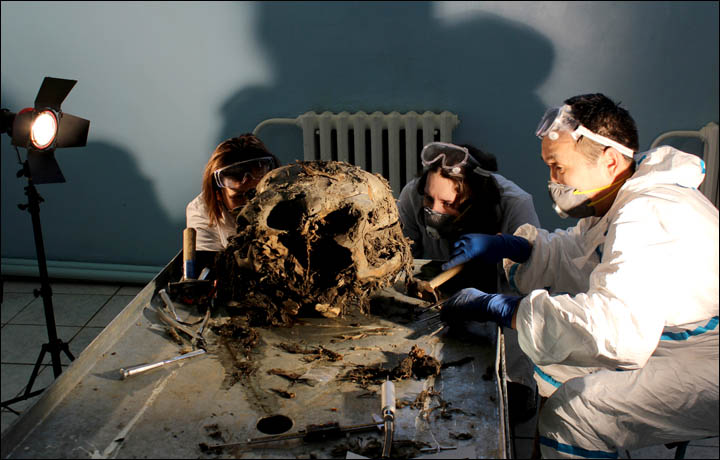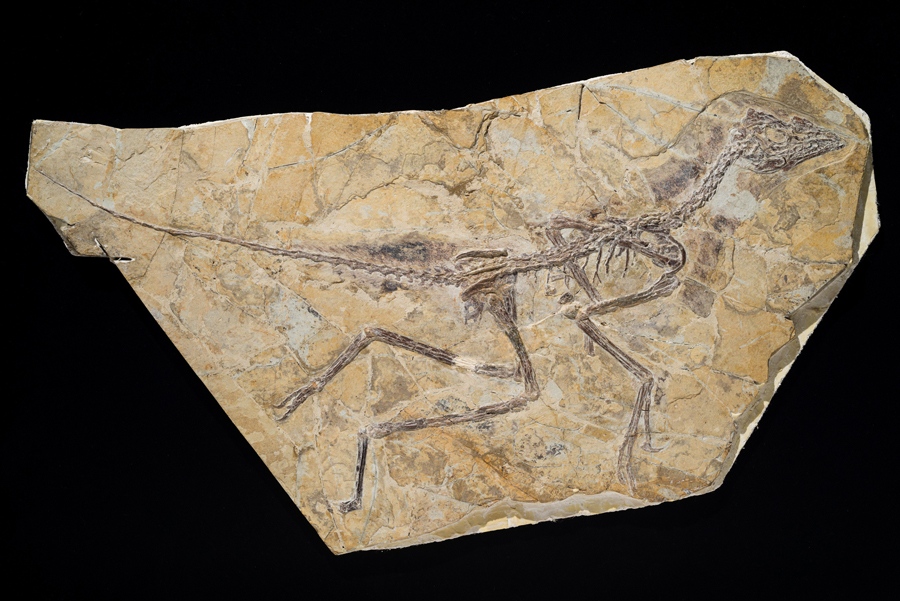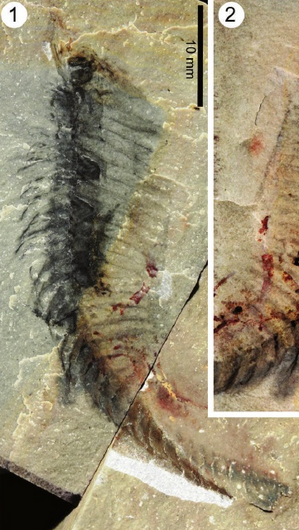 Mammoths: The Misunderstood Giants
Mammoths: The Misunderstood GiantsAs someone who works on Silurian age fossils, I can't help but be jealous every time a new mammoth...
 Let's hope we don't have another Archaeoraptor on our hands
Let's hope we don't have another Archaeoraptor on our handsI mentioned at the end of last week's post about the new "earliest bird" that there were murmurs...
 The Earliest Bird: How A Toe Bone Can Change History
The Earliest Bird: How A Toe Bone Can Change HistoryDo you know, my original title for this was "The Early Bird Gets the PR". I hastily changed it...
 New fossil arthropod named after Johnny Depp
New fossil arthropod named after Johnny DeppThere a lot of rules governing how you name new species. But that doesn't mean that fun things...









